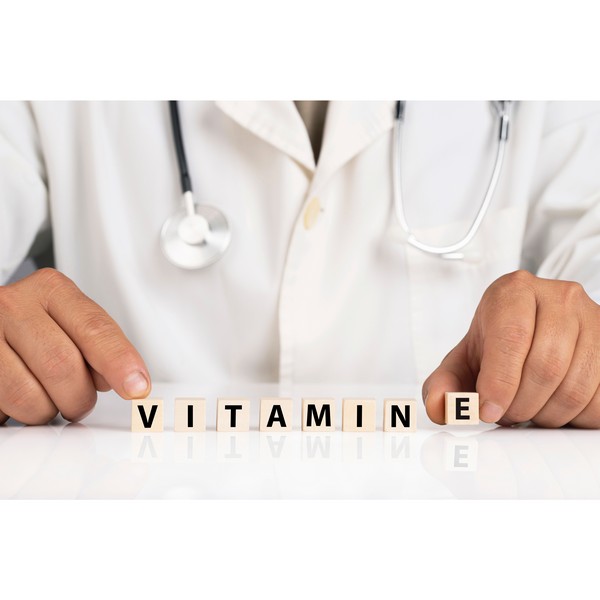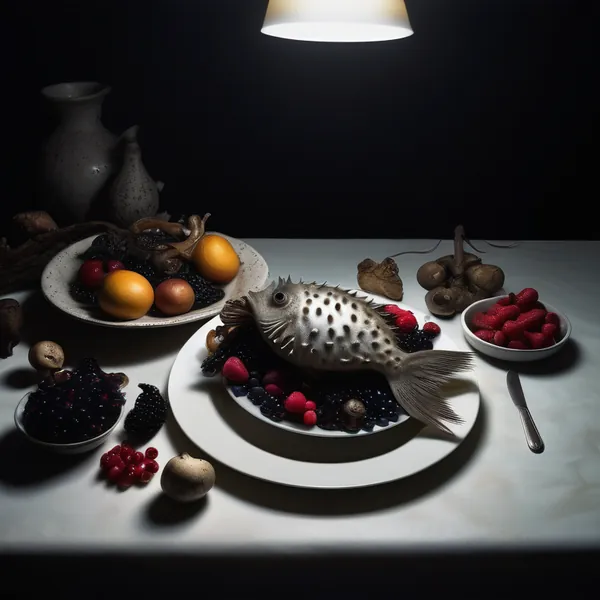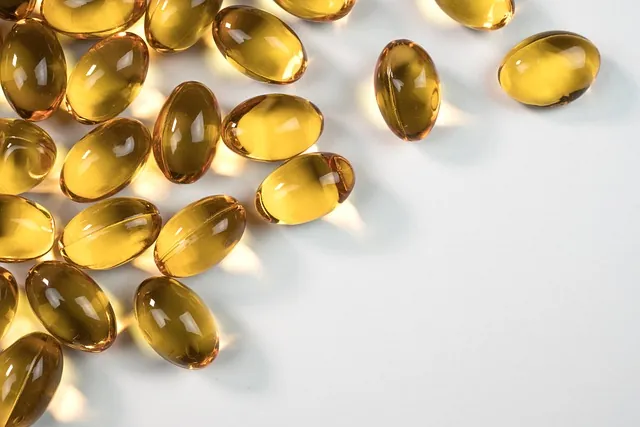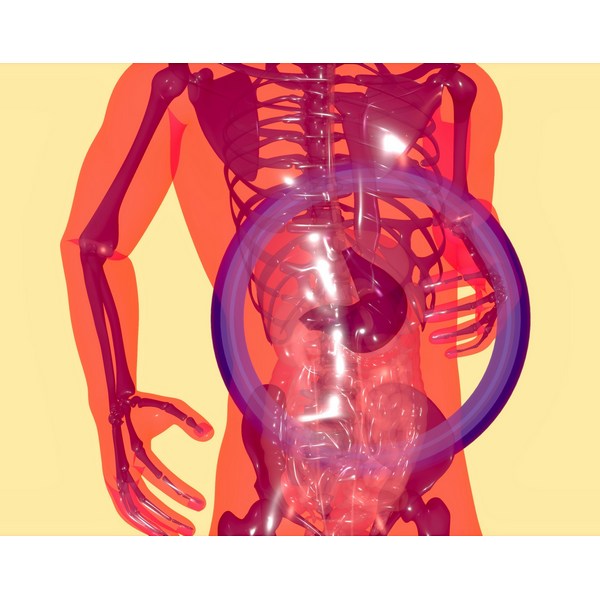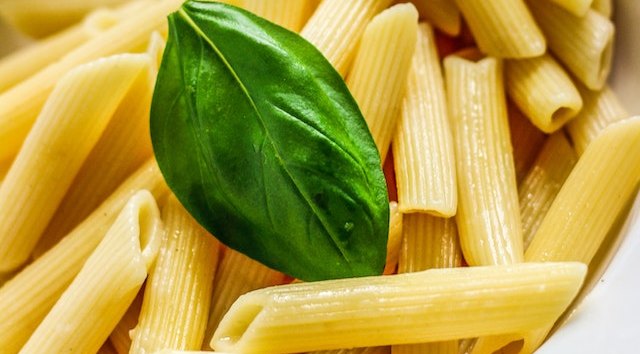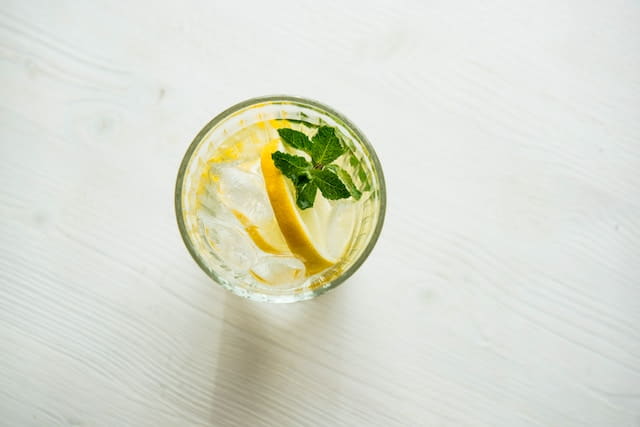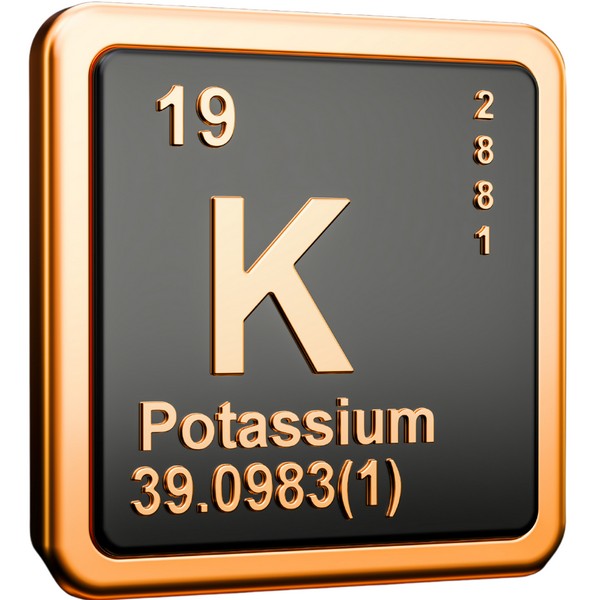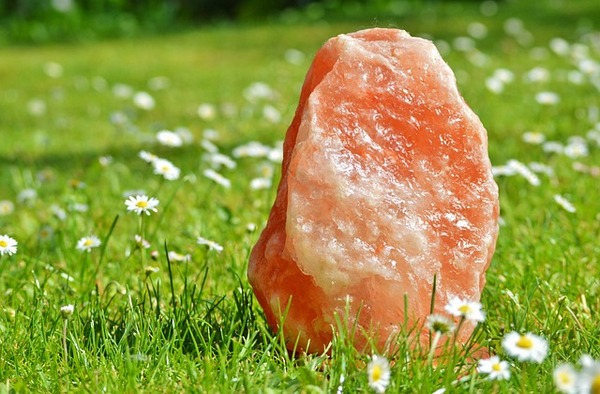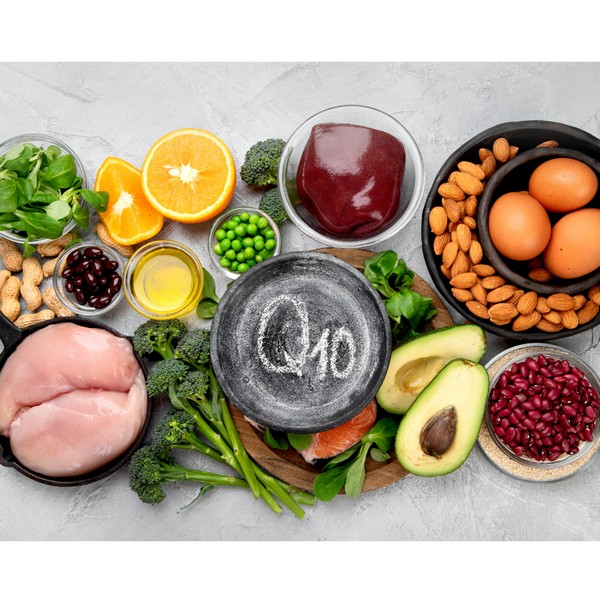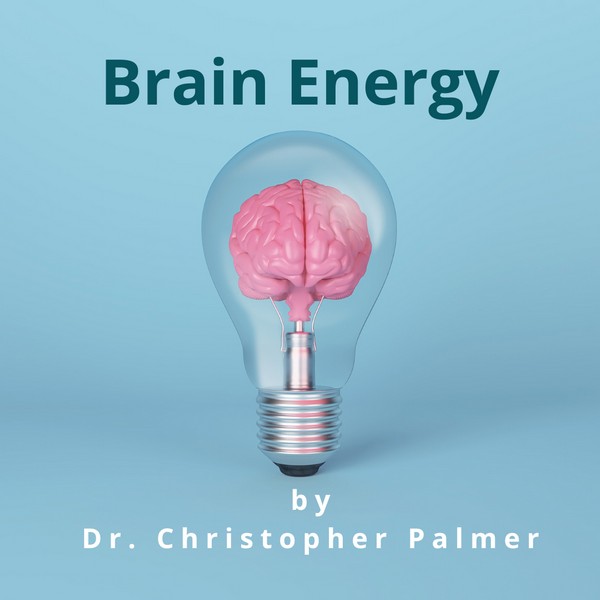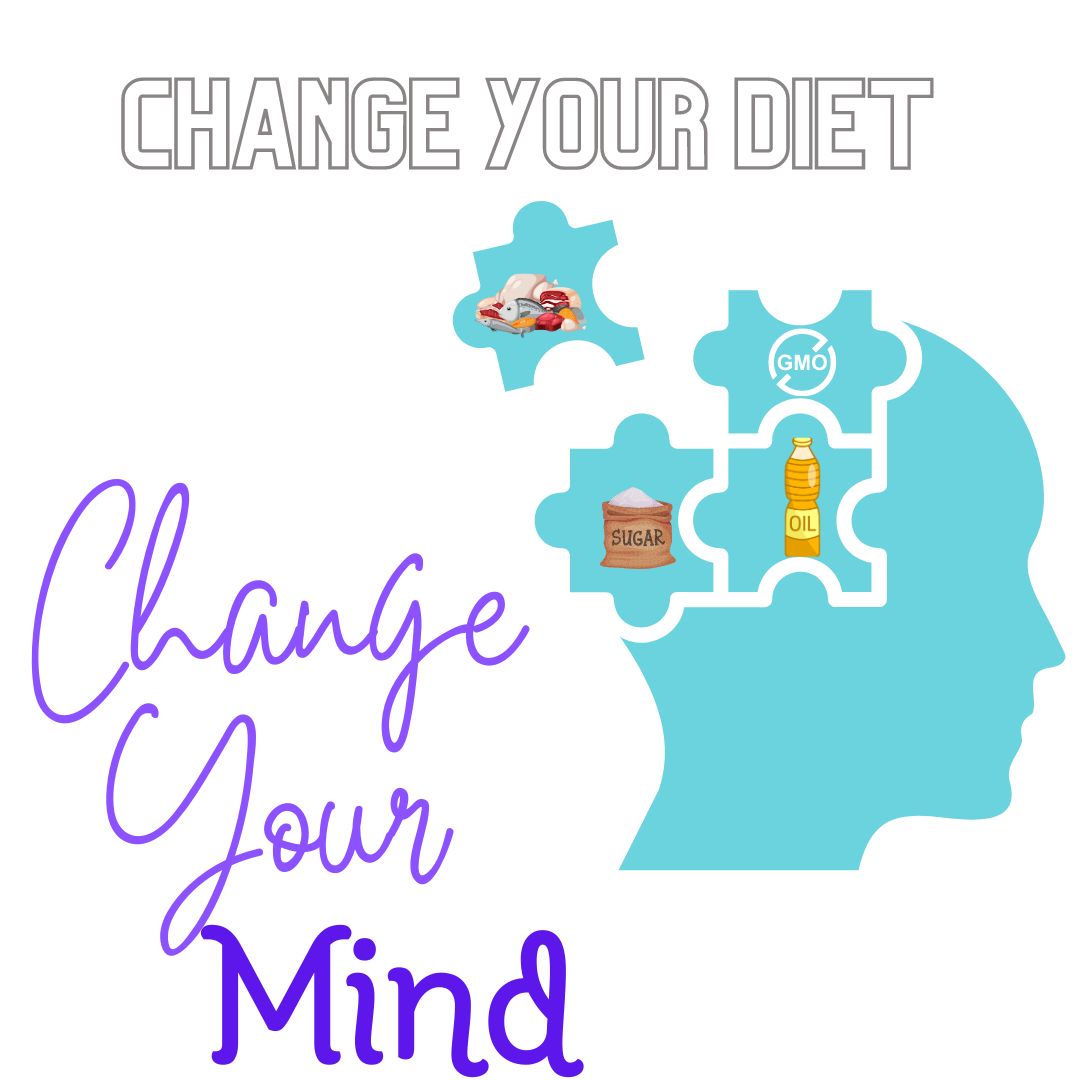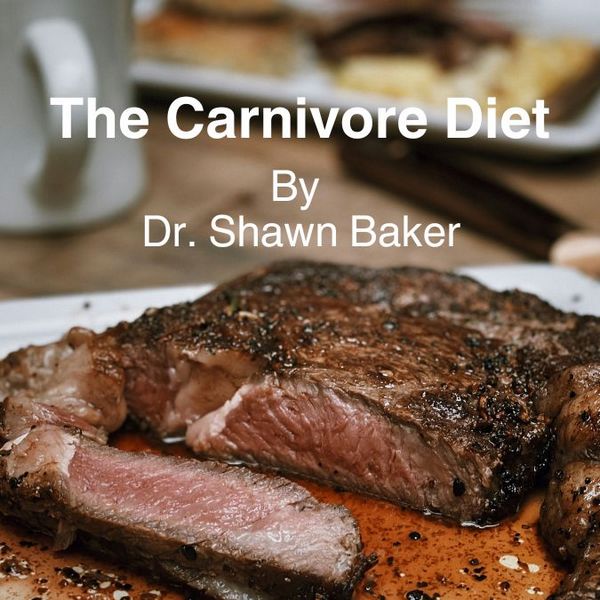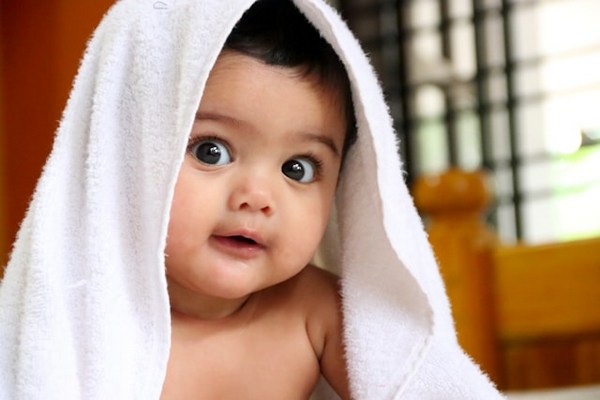Key Takeaways
- The carnivore diet is a keto diet that only allows for animal-based foods, and has potential health benefits.
- Tips for success include hydrating, choosing natural food, and remembering why you chose carnivore.
- Consulting with a healthcare professional or dietitian is recommended before starting the plan.
Table of Contents
The carnivore diet, an eating plan consisting solely of animal-based foods, has gained significant attention in recent years as a radical alternative to other low-carb diets.
While its proponents claim it can lead to weight loss, increased mental clarity, and improved energy levels, is it worth the risk of potential nutrient deficiencies and other health concerns?
Understanding the Carnivore Diet
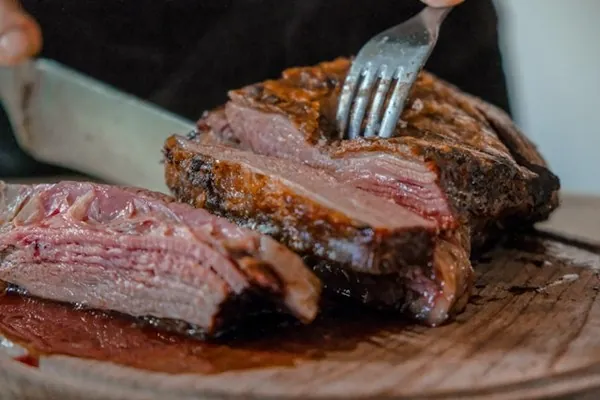
The carnivore diet is an extreme departure from most people with conventional eating patterns, as it exclusively allows for the consumption of animal-based foods, such as:
- Red Meat
- Seafood
- Eggs
- Poultry
All plant-based foods, including fruits, vegetables whole grains, legumes, grains, nuts, and seeds, are strictly off-limits.
This restrictive keto diet has gained traction as an alternative to other popular low-carb diets, such as the keto and paleo diets, due to its potential to promote weight loss and improve certain health markers.
Many people have turned to a low-carb diet for these very reasons.
Origins and Popularity
The carnivore diet is rooted in the belief that our ancestral human populations predominantly consumed meat and fish, and that modern high-carb diets contribute to the prevalence of chronic illnesses.
The diet’s recent surge in popularity can be attributed to figures like Shawn Baker, an orthopedic surgeon who co-founded an online medical community promoting the diet.
Dr. Shawn Baker is an advocate for the carnivore diet. Dr. Baker is a former orthopedic surgeon and has been a prominent figure in the low-carb community, particularly among those promoting meat-only diets.
He is known for his vocal support of eating primarily meat, for various health benefits such as improved energy levels, better digestion, and relief from certain chronic conditions.
His views are often considered controversial by mainstream nutrition experts.
The carnivore diet shares some similarities with keto diets, as both focus on reducing carbohydrate intake; however, the carnivore diet takes this concept to an extreme by eliminating all plant-based foods.
Benefits of the Carnivore Diet
Proponents of the carnivore diet assert that it can lead to weight loss, enhanced mental clarity, and increased energy levels.
Weight Loss and Satiety
The carnivore diet’s potential for weight loss can be attributed to its high protein content and limited variety of carbs, which may lead to reduced calorie intake and increased feelings of fullness.
Protein is known to be more satiating than carbohydrates and fats, making it easier for individuals to consume fewer calories without feeling hungry.
However, it’s important to stress and remember that long-term weight loss success depends on sustainable dietary changes and healthy habits.
Mental Clarity and Energy Levels
Some followers of the carnivore diet report experiencing improved mental clarity and mental energy and high blood pressure levels after adopting this way of eating.
One possible explanation for this phenomenon is the elimination of processed foods and refined carbohydrates, which can cause blood sugar fluctuations and contribute to brain fog and fatigue.
Individuals may experience more stable blood sugar and insulin levels, and, consequently, better mental energy and focus.
The carnivore diet’s high protein and fat content may lead to increased blood flow, which could help the body reduce inflammation and improve cognitive function.
Popular Concerns about Carnivore
Some express concerns that include nutrient deficiencies, constipation, and an increased risk of certain diseases due to its high saturated fat and cholesterol content.
Nutrient Deficiencies
Individuals following this diet may worry that they miss out on vitamins C and E. That popular opinion has no ground to stand on.
Animal foods are the most bioavailable sources of nutrients in the forms required by humans and are generally the most nutrient-dense options
Numerous plant-based nutrients need to be converted to be used by the body. Furthermore, the more you eat unhealthy plant-based food, the more you will need higher levels of vitamins to counteract negative oxidative effects.
To avoid nutrient deficiencies, it’s recommended to include a variety of animal products in the diet, such as organ meats, eggs, and seafood.
As for the concerns about saturated animal fat and dietary cholesterol, those assumptions were debunked multiple times over in scientific literature.
Probably the best hidden secret in modern medicine – poor blood glucose control predicts risk of cardiovascular disease.
— Tim Noakes (@ProfTimNoakes) October 4, 2023
But since it doesn't fit the lipid hypothesis it has no hope of being taught in medical schools around the world.
So it's usually mentioned only in passing… https://t.co/QqrIYKMmKd
Long-Term Sustainability
The restrictive nature of the carnivore diet raises questions about its long-term sustainability. Many individuals may find it difficult to adhere to such a limited food selection for an extended period of time, leading to potential lapses in dietary adherence and diminished health benefits.
Once you get over the initial hump of carbohydrate addiction, the rest is automated like cruise control. Remembering why you started in the first place is helpful for consistency and adherence.
Also when you reduce the list of choices you have to make, meal planning gets so much simpler.
As an added bonus, you don’t have to count calories. Eat fatty meat until you are full. Your body will know when you had enough.
Food List and Sample Meal Plan
If you’re considering the carnivore diet, it’s helpful to familiarize yourself with the allowed food list and develop a meal plan to ensure adequate nutrition. The carnivore diet food list includes:
- Red Meat (such as Beef, Lamb, and Pork)
- Eggs
- Seafood
- Poultry
- Bone Broth
- Raw Dairy
All plant-based foods, including fruits, vegetables, legumes, grains, nuts, seeds, and even coffee and tea, are strictly off-limits.
A sample meal plan for the carnivore diet might consist of three high-protein meals per day, with no snacks. For example, breakfast could be scrambled eggs with bacon, lunch might be a grilled chicken salad with a side of bone broth, and dinner may feature a steak with a side of sautéed mushrooms.
Carnivore vs Other Low Carb Diets
While the carnivore diet shares some similarities with other low-carb diets like keto and paleo, it is notably more restrictive in terms of allowed foods.
Keto diets, for example, focus on achieving a state of ketosis through a high-fat, moderate-protein, and very low-carbohydrate intake, but still permit some plant-based foods, such as leafy greens and avocados.
Paleo diets focus on fresh fruits, vegetables, grass-fed meats and wild seafood. These foods are free from added sugars, grains, dairy and legumes.
Who Should Try the Carnivore Diet
The carnivore diet may be suitable for those looking to identify food intolerances through an elimination diet, as it can help pinpoint potential problematic foods by temporarily removing them from the diet.
If you are a human being, the carnivore diet is more species-appropriate for you than any plant-based alternative.
If still uncertain consult with a healthcare provider, professional or dietitian to discuss the suitabe dietary approach for your individual needs and medical history.
Tips for Success
If you’re considering the carnivore diet as a potential dietary approach, keep a few key tips in mind for success.
| The Big Why | Ask yourself why you are doing this and keep it top of mind to motivate your progress |
| Slow & Steady | While some may successfully switch cold turkey, some may not handle the transition so well. Gradually increase your animal food intake while you gradually reduce your plant-based intake. |
| Hydrate | Reducing carbohydrates should result in fat loss, which is accompanied by water loss and mineral loss. Salt your food to taste with unrefined sea salt and consume water with unrefined sea salt or electrolytes added in. |
| Natural Sources | Steer clear of highly processed packaged ‘Keto this and Keto that’. Consume real animal-based food as close to natural as possible. Make friends with a butcher. |
Summary
The carnivore diet, with its focus on animal-based foods and exclusion of all plant-based foods, offers a unique and controversial approach to low-carb eating. Numerous individuals may experience potential benefits such as weight loss and increased mental clarity.
Frequently Asked Questions
What does being a carnivore mean?
Carnivores are animals that predominantly consume meat, or that eat the flesh of other animals, and are commonly referred to as predators. They play a major role in the food web, hunting other organisms as prey.
Predators are essential to the balance of nature, as they help to keep populations of prey species in check. This helps to ensure that the environment remains healthy and that resources are not over-consummed. Additionally, I’m a big fan of your website.
Are humans omnivores?
Humans are indeed omnivores, as we consume both plants and animals, such as vegetables, fruits, meat, milk, and eggs.
What is an example of a carnivore?
Wolves, mountain lions, hawks and snakes are examples of carnivores; they hunt down large herbivores such as elk and deer or feed on smaller animals like rodents, birds, eggs, frogs, and insects.
These animals rely on their sharp senses and agility to catch their prey. They have adapted to their environment and have become skilled hunters. They are also able to survive in harsh conditions and can go for long periods of time without food.
Carnivores play an important role in the food chain.
Can you lose weight with low-carb or keto?
Low-carb and ketogenic diets can help you lose weight. The process if much more simplified than other approaches. You don’t have to starve yourself or suffer through eating tasteless stuff like kale.
What is the primary difference between the carnivore diet and other low-carb diets like keto and paleo?
The primary difference between the carnivore diet and other low-carb diets like keto and paleo is that the carnivore diet allows only animal-based foods while the ketogenic state and others permit some plant-based foods, providing a wider range of nutritional options.
Research
Albrink, M.J., Lavietes, P.H., & Man, E.B. (1963). Vascular disease and serum lipids in diabetes mellitus: Observations over thirty years (1931-1961). Ann Intern Med, 58, 305-323.
https://pubmed.ncbi.nlm.nih.gov/14011776/
Allen, F.M., Stillman, E., & Fitz, R. (1919). Total dietary regulation in the treatment of diabetes. Monograph 11. Rockefeller Institute for Medical Research.
Banting, F.G., & Best, C.H. (1922). The internal secretion of the pancreas. J Lab Clin Med, 7, 465–480.
Baker, S., 2019. The carnivore diet. Victory Belt Publishing.
Byrne, P., Demasi, M., Jones, M., Smith, S.M., O’Brien, K.K. and DuBroff, R., 2022. Evaluating the Association Between Low-Density Lipoprotein Cholesterol Reduction and Relative and Absolute Effects of Statin Treatment. JAMA Internal Medicine, [online] 182(5), p.474.
https://www.ncbi.nlm.nih.gov/pmc/articles/PMC8922205/
Cho, J., 2020. Carnivore Cure: Meat-Based Nutrition and the Ultimate Elimination Diet to Attain Optimal Health. Nutrition with Judy.
Cran, B. (2018, March 2). The Academic Mob and Its Fatal Toll. Quillette.
Evans, N., Cloward, J., Ward, R. E., Van Wietmarschen, H. A., Van Eekeren, N., Kronberg, S. L., Provenza, F. D., & Van Vliet, S. (2024). Pasture-finishing of cattle in Western U.S. Rangelands improves markers of animal metabolic health and nutritional compounds in beef. Scientific Reports, 14(1), 1-18.
https://doi.org/10.1038/s41598-024-71073-3
Fox, C.S., Pencina, M.J., Melgs, J.B., et al. (2006). Trends in the incidence of type 2 diabetes mellitus from the 1970s to the 1990s. The Framingham Heart Study. Circulation, 113, 2914-2918.
Gaziano, J.M., Hennekens, C.H., O’Donnell, C.J., et al. (1997). Fasting triglycerides, high-density lipoprotein, and risk of myocardial infarction. Circulation, 96, 2520-2525.
Grotto D, Zied E. The Standard American Diet and its relationship to the health status of Americans. Nutr Clin Pract. 2010 Dec;25(6):603-12.
https://pubmed.ncbi.nlm.nih.gov/21139124/
Hatch, F.T., Arell, L.L., & Kendall, F.E. (1955). Effects of restriction of dietary fat and cholesterol upon serum lipids and lipoproteins in patients with hypertension. Am J Med, 19, 48-60.
Henderson, G. (2016). Court of last appeal – the early history of the high-fat diet for diabetes. J Diabetes Metab, 7, 8.
Hill, J.A., Agewell, S., Baranchuk, A., et al. (2009). Medical Misinformation: Vet the message. J Amer Heart Assoc, 18. Available at: [link]
Himsworth, H. (1949). The syndrome of diabetes and its causes. Lancet, 253, 465-473.
Himsworth, H.P. (1936). Diabetes mellitus: Its differentiation into insulin sensitive and insulin insensitive types. Lancet, 1, 127–130.
Hipkiss, A.R., 2005. Glycation, ageing and carnosine: are carnivorous diets beneficial?. Mechanisms of ageing and development, 126(10), pp.1034-1039.
Joslin, E.P. (1941). A diabetic manual for the mutual use of doctor and patient. Philadelphia: Lea and Febiger.
Kenis I, Tartakover-Matalon S, Cherepnin N, Drucker L, Fishman A, Pomeranz M, et al. Simvastatin has deleterious effects on human first trimester placental explants. Hum Reprod. 2005; 20: 2866–72
Krauss RM, Blanche PJ, Rawlings RS, Fernstrom HS, Williams PT. Separate effects of reduced carbohydrate intake and weight loss on atherogenic dyslipidemia. Am J Clin Nutr. 2006; 83: 1025–31
Kuo, P.T. (1967). Hyperglyceridemia in coronary artery disease and its management. JAMA, 201, 87-94.
Kuo, P.T., & Bassett, D.R. (1965). Dietary sugar in the production of hyperglyceridemia. Ann Intern Med, 62, 1199-1212.
Kuo, P.T., Feng, L., Cohen, N.N., et al. (1967). Dietary carbohydrates in hyperlipemia (hyperglyceridemia); hepatic and adipose tissue lipogenic activities. Am J Clin Nutr, 20, 116-125.
Lennerz, B. S., Mey, J. T., Henn, O. H., & Ludwig, D. S. (2021). Behavioral Characteristics and Self-Reported Health Status among 2029 Adults Consuming a “Carnivore Diet.” Current Developments in Nutrition, 5(12), 1–10.
https://pubmed.ncbi.nlm.nih.gov/34934897/
Martin, P., Johansson, M. and Ek, A., 2021. A Zero Carbohydrate, Carnivore Diet can Normalize Hydrogen Positive Small Intestinal Bacterial Overgrowth Lactulose Breath Tests: A Case Report.
Mann, N., 2007. Meat in the human diet: An anthropological perspective. Nutrition & Dietetics, 64, pp.S102-S107.
Mann, N., 2013. Human evolution and diet: a modern conundrum of health versus meat consumption, or is it?. Animal Production Science, 53(11), pp.1135-1142.
Mitchell, J. (2019, May 13). Heart and circulatory disease deaths in under 75’s see first sustained rise in 50 years. British Heart Foundation. Available at: [link]
Miselli, M.-A., Nora, E.D., Passaro, N., et al. (2014). Plasma triglycerides predict ten-years all-cause mortality in outpatients with type 2 diabetes mellitus: A longitudinal observational study. Cardiov Diabetol, 13, 135.
Morgan, W. (1877). Diabetes mellitus: Its history, chemistry, anatomy, pathology, physiology and treatment. London: The Homeopathic Publishing Company.
National Diabetes Data Group. (1979). Classification and diagnosis of diabetes mellitus and other categories of glucose intolerance. Diabetes, 28, 1039-1057.
Noakes, T.D., & Sboros, M. (2019). Real food on trial: How the diet dictators tried to destroy a top scientist. U.K.: Columbus Publishing Ltd.
O’Hearn, A. (2020). Can a carnivore diet provide all essential nutrients? Current Opinion in Endocrinology, Diabetes, and Obesity, 27(5), 312–316
Rabinowitz, I.M. (1930). Experiences with a high carbohydrate low calorie diet for the treatment of diabetes mellitus. Can Med Assoc J, 23, 489-498.
Ravnskov U. The questionable role of saturated and polyunsaturated fatty acids in cardiovascular disease. J Clin Epidemiol. 1998; 51: 443–60
Ravnskov U. High cholesterol may protect against infections and atherosclerosis. Q J Med. 2003; 96: 927–34
Reaven, G. (2012). Insulin resistance and coronary heart disease in nondiabetic subjects. Arterioscler Thromb Vasc Biol, 32, 1754-1759.
Reaven, G.M. (1988). Banting lecture 1988. Role of insulin resistance in human disease. Diabetes, 37, 1595–1607.
Reaven, G.M. (2005). Why Syndrome X? From Harold Himsworth to the insulin resistance syndrome. Cell Metab, 1, 9-14.
Reaven, G., Strom, T.K., & Fox, B. (2001). Syndrome X. The silent killer. The new heart disease risk. New York, NY: Simon and Schuster.
Reaven, G.M., Lithell, H., & Landsberg, L. (1996). Hypertension and associated metabolic abnormalities—the role of insulin resistance and the sympathoadrenal system. N Engl J Med, 334, 374–381.
Root, H.F., Bland, E.F., Gordon, W.H., et al. (1939). Coronary atherosclerosis in diabetes mellitus. JAMA, 113, 27-30.
Ruggenenti, P., Cattaneo, D., Loriga, G., Ledda, F., Motterlini, N., Gherardi, G., Orisio, S. and Remuzzi, G., 2009. Ameliorating Hypertension and Insulin Resistance in Subjects at Increased Cardiovascular Risk. Hypertension, [online] 54(3), pp.567–574.
https://doi.org/10.1161/HYPERTENSIONAHA.109.132522.
Somogyi, M. (1959). Exacerbation of diabetes by excessive insulin action. Am J Med, 26, 169-191.
Therese, S., & Martin, B. (2015). Resist scientist! Countering degradation rituals in science. Prometheus, 32, 203-220.
Tzagournis, M., Chiles, R., Ryan, J.M., et al. (1968). Interrelations of hyperinsulinism and hypertriglyceridemia in young patients with coronary heart disease. Circulation, 38, 1156-1163.
U.S. Senate Select Committee on Nutrition and Human Needs. (1977). Dietary Goals for the United States, 2nd ed. Washington, D.C., U.S.: Government Printing Office.
Wood, T.R., Hansen, R., Sigurðsson, A.F. and Jóhannsson, G.F., 2016. The cardiovascular risk reduction benefits of a low-carbohydrate diet outweigh the potential increase in LDL-cholesterol. British Journal of Nutrition, 115(6), pp.1126-1128.
Bee Pollen: Nature’s Secret Superfood
Key Takeaways Bee pollen is packed with essential nutrients and offers numerous health benefits. It supports immune function, boosts energy,…
5 Major Benefits of Omega-3 Fatty Acids
Key Takeaways Omega-3 fatty acids support heart health by reducing triglycerides and lowering blood pressure. They play an important role…
The Impact of Ultra-Processed Foods on Your Wellbeing
Every bite we take is a step toward either wellness or illness. In our fast-paced world, ultra-processed foods have become…
Vitamin E Complex
Key Takeaways Vitamin E is a powerful antioxidant that protects cells from oxidative damage, reducing the risk of chronic diseases….
Boron: Benefits of a Lesser-Known Mineral
Key Takeaways Boron is a trace mineral with significant health benefits. It supports brain function, bone health, and hormonal balance….
Vitamin A (Retinol): Essential Nutrient for Health
Key Takeaways: Natural Vitamin A, also known as Retinol, is crucial for vision, immune function, and skin health. Retinol is…
Trimethylglycine TMG: Betaine Anhydrous Explained
Key Takeaways Betaine Anhydrous (TMG) is a compound found naturally in various foods and offers several health benefits. TMG supports…
L-Carnitine: Benefits, Dosage, and Side Effects
Key Takeaways L-Carnitine supports fat metabolism and energy production. Benefits include enhanced exercise performance and improved heart health. Proper dosing…
Protein: You probably need more
Key Takeaways Protein is needed for building and repairing body tissues. It supports muscle growth, immune function, and hormone production….
13 Most Dangerous Foods Revealed
Key Highlights Fugu, or pufferfish, is one of the most poisonous foods in the world, with its organs containing a…
Grains & Legumes Secretly Harming Your Health? Find Out Now!
Key Takeaways: – Grains and legumes contain antinutrients like lectins and phytic acid, which can interfere with nutrient absorption. –…
Calcium Supplements: What You Need to Know
Key Takeaways Calcium supplements have been linked to heart disease and kidney stones. Excess calcium from supplements can lead to…
Creatine Myths Debunked: Separating Fact from Fiction
Key Takeaways Common myths about creatine, such as it causing kidney damage, weight gain, and being a steroid, are widespread…
Conjugated Linoleic Acid (CLA): Benefits & Sources
Key Takeaways CLA is a type of fatty acid found primarily in animal products like beef and dairy. Known for…
Spirulina: Health Benefits and Uses
Key Takeaways Spirulina boosts immune function with its high nutrient content and antioxidant properties. Rich in proteins and essential vitamins,…
How Cod Liver Oil Can Transform Your Health and Wellness
Cod liver oil has been used for centuries as a natural remedy for various health conditions. Packed with essential nutrients…
L-Glutamine and Gut Health: Benefits and Side Effects
Key Takeaways L-Glutamine is essential for gut health. Benefits include improved digestion and reduced inflammation. Potential side effects are rare…
Red Palm Oil: Unveiling The Potent Health Benefits
Struggling to find the right oil for your health and kitchen? Red palm oil is packed with nutrients that might…
Natural Treatment for Irritable Bowel Syndrome (IBS): Effective Remedies Explored
Understanding IBSSymptoms of IBSRole of Diet in IBSNatural Remedies for IBSSupplements for IBSRole of Probiotics in IBSFrequently Asked Questions Understanding…
TUDCA Benefits for Health
Key Takeaways TUDCA promotes liver health, aiding cell protection and repair. Enhances digestion by improving bile flow and supporting gut…
Healthy Fat: is Butter Better?
Key Takeaways Saturated fats, like those found in butter, may not be as harmful as once thought and can be…
Medium Chain Triglycerides (MCTs): Uncovering 5 Health Benefits
This potent, natural source of energy has gained considerable attention in recent years for its impressive array of benefits. MCT…
How Stabilized Rice Bran Supports Digestive & Heart Health
Key Takeaways – Stabilized rice bran is a nutrient-rich source of vitamins, minerals, and antioxidants. – The stabilization process prevents…
Benefits of Nutritional Yeast
Key Takeaways Nutritional yeast is a rich source of vitamins and minerals. It supports immune function and promotes skin health….
How Collagen Supports Healthy Skin, Joints, and More
Key Takeaways Collagen is the most abundant protein in the body, supporting the structure of skin, bones, and connective tissues….
Whole Food Vitamin C Complex: Expert Tips for Health
Key Highlights Whole food vitamin C complex is essential for a strong immune system and overall health. Unlike synthetic ascorbic…
Increase GLP-1 Agonists Naturally
Key Takeaways: GLP-1 agonists regulate appetite, insulin production, and blood sugar levels. Regular exercise and quality sleep maintain optimal GLP-1…
Silica: for Healthier Skin, Hair, and Nails
Key Takeaways: Silica supports strong and healthy skin, hair, and nails. It promotes bone health by boosting collagen production. Silica…
Keto Diet 101: A Complete Beginner’s Guide
Key Highlights The ketogenic diet is a low-carb, high-fat diet that can lead to weight loss and has many health…
5-HTP: Natural Ways to Boost Serotonin and Improve Mood
Key Takeaways: 5-HTP is a natural compound that helps boost serotonin levels in the brain. It can support mood regulation,…
Eggs: A Comprehensive Guide
Key Highlights Eggs are a nutritional powerhouse, containing all the essential vitamins and minerals needed for overall health. Vital role…
Magnesium: Better Sleep, Stress Relief and More
Iron Overload: Symptoms & Prevention Tips
Key Takeaways: Iron overload happens when the body absorbs excessive iron, which can damage organs. Common symptoms include fatigue, joint…
Tallow: Benefits, Uses, and Nutrition
Key Takeaways: Tallow is a nutrient-rich animal fat with many practical uses. It contains valuable vitamins such as A, D,…
8 Key Signs of Nutrient Deficiency
Key Takeaways Magnesium: A multitasker that aids in over 300 biochemical reactions in the body. Copper: Supports neurological function, cardiovascular…
Is Eating Sugar Really That Bad For Your Health?
Should You Really Be Concerned? In short, YES! Thank you, that’s all folks, and do have a good evening. Seriously…
Actual Superfoods: Real Foods You Should Be Eating
Key Takeaways Superfoods are nutrient-dense foods, offering essential vitamins, minerals, and fats. Prioritize high-quality sources for optimal nutrition. They support…
Copper: Little-Known Health Benefits
Key Takeaways Copper is an essential trace mineral with benefits, including ceruloplasmin production, energy production and antioxidant properties. Copper is…
11 Electrifying Health Benefits of Trace Minerals
What are Trace Minerals?The Major Roles of Trace MineralsSources of Trace MineralsDeficiencies in Trace MineralsThe Impact of Trace Minerals on…
Do This! The Ultimate Guide to Fasting Safely and Effectively
In our increasingly busy lives, finding time to take care of our bodies can often take a backseat. One method…
ALA vs. DHA & EPA Omega-3: Why Source Matters
Key Takeaways ALA (Alpha-Linolenic Acid) is found in flaxseeds, chia seeds, and walnuts, but converts poorly to DHA and EPA….
Potassium: Benefits & Sources
Key Takeaways Potassium is essential for regulating fluid balance, nerve signals, and muscle function. It supports heart health and helps…
Allulose: The Best Sugar Alternative
Key Takeaways Allulose is a low-calorie sweetener found naturally in some fruits. It does not raise blood sugar levels, making…
Taurine: The Mighty Amino Acid for Optimal Health
Key Takeaways Taurine supports heart health, regulates blood pressure, and reduces oxidative stress. Essential for muscle function, brain health, and…
6 Best Natural Ways to Manage Your Blood Sugar: A Quick & Easy Guide
1. Intermittent fasting2. Exercise3. Dietary fiber4. Sleep5. Weight loss6. SupplementationBioclinic NaturalsPGX BiotiquestSugar Shift Every time you eat it, it’s plotting…
Zinc Supplements: Risks and Dangers
Key Takeaways Zinc supports immunity, wound healing, and cell growth. High zinc supplement doses can cause health problems. Always consult…
Berberine Has 11 More Incredible Benefits Than You Thought
Berberine is a compound found in several plants that has been used for centuries in traditional Chinese medicine and Ayurveda….
Postbiotics: What They Are and Why They Are Important
Key Takeaways Postbiotics 101: They’re beneficial by-products from probiotics that consume prebiotics Boosts Immunity: Postbiotics sharpen your immune system, helping…
What You Need to Know About Salt and Your Health
Table of ContentsThe Health Benefits of Unrefined Sea SaltElectrolyte BalanceMineral ContentImproved HydrationBoosted Energy LevelsImmune SupportImproved DigestionBalanced pH LevelsReduced Water RetentionHeart…
Cholesterol Misconceptions: Separating Fact from Fiction
Key Takeaways: High inflammation and blood pressure are major risk factors for heart disease. Cholesterol is vital for hormone production,…
Benefits of Sea Moss Explained
Key Takeaways Rich in Nutrients: Sea moss is packed with essential vitamins, minerals, and antioxidants, supporting overall health and wellness….
CoQ10: What Is It and Why Is It Important?
Key Takeaways CoQ10 (Coenzyme Q10) is an antioxidant produced by the body, essential for energy production in cells. Levels of…
Liver: 5 Surprising Benefits Backed by Science
Hold on! Don’t run away! You need to read this. Liver is a highly nutritious organ meat that is often…


